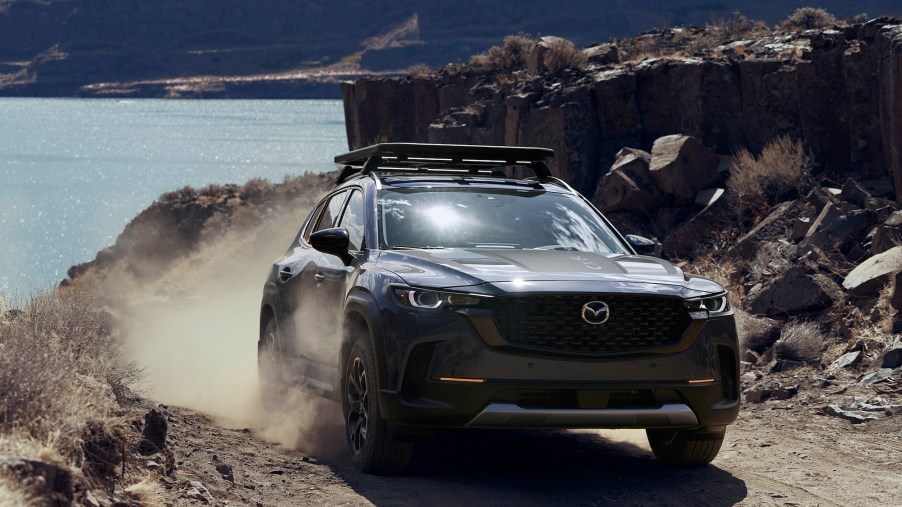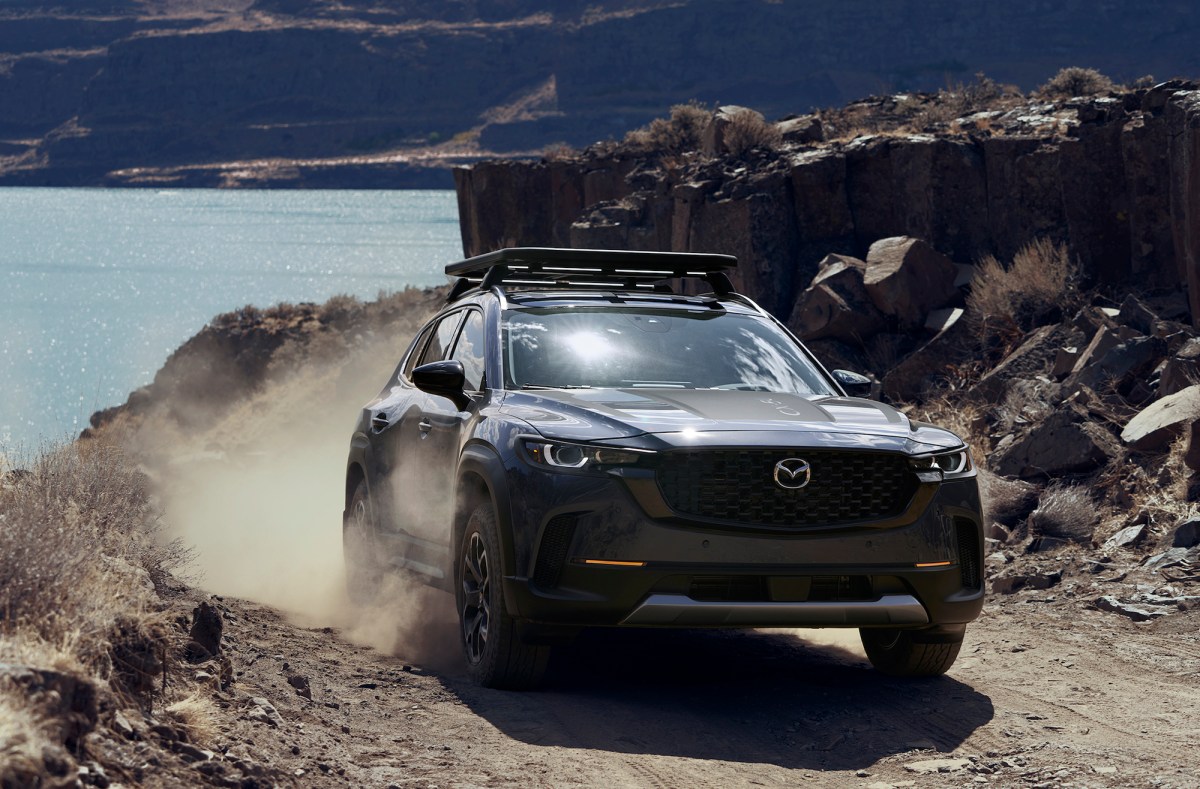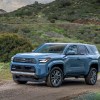
2023 Mazda CX-50 Safety and ADAS Features: Everything You Need to Know
As Mazda expanded to North America with a new assembly plant, it released a 2023 model to celebrate the achievement. The Mazda and Toyota team in Huntsville, AL, collaborated with designers and engineers from Irvine, CA, where Mazda has its North American Operations headquarters, to create the Mazda CX-50.
Sharing a platform with the CX-30, the CX-50 is designed to compete with the Toyota RAV4, Nissan Rogue, and Hyundai Tucson. The new nameplate comes with an array of safety features and advanced driver assistance systems (ADAS) for the ultimate off-road experience.
What the CX-50 has in store

The Mazda CX-50 features a rugged exterior, a different style from what the manufacturer usually offers. It targets SUV lovers who want a vehicle that can handle rugged roads without worrying about damaging the undercarriage. The crossover SUV is slightly bigger than the CX-5. However, it still offers the same occupancy as the CX-5 and CX-30, which is two rows of seats for five passengers.
All models come with a 187 hp, 2.5-liter, four-cylinder engine. A turbocharged version making 256 hp is available. The six-speed automatic and all-wheel drive is standard. Mazda is working on a hybrid, which is expected to feature a Toyota powertrain.
Although unclear for how long, the CX-50 is available alongside the CX-5, which is on an older platform. The price ranges from $28,025 for the base trim level, the 2.5 S, to $42,775 for the Turbo Premium Plus. According to Consumer Reports, a destination charge of $1,225 applies for all CX-50 purchases.
Mazda CX-50 safety features
Mazda USA says the 2023 CX-50 aims to ‘heighten your awareness’ with an expansive range of safety features. Expect standard ADAS features, such as adaptive cruise control (ACC), lane-keeping assistance, and lane departure warning. Other car safety features in the CX-50 include rear cross-traffic warning, blind spot warning, and pedestrian detection. Rear automatic braking is optional.
Mazda included adaptive front lighting on certain trims to help you drive comfortably on ‘dark, winding country roads.’ According to the IIHS, the LED adaptive headlights are among the best, and designed to boost visibility by pivoting when you do.
2.5 Turbo Premium Plus models come with the i-Activsense Safety suite, which offers front and rear parking sensors, Traffic Jam Assist, and 360° View Monitor. The lineup also includes smart brake support with front-drive and reverse-drive detection. Crash test reports for the CX-50 are not available.


